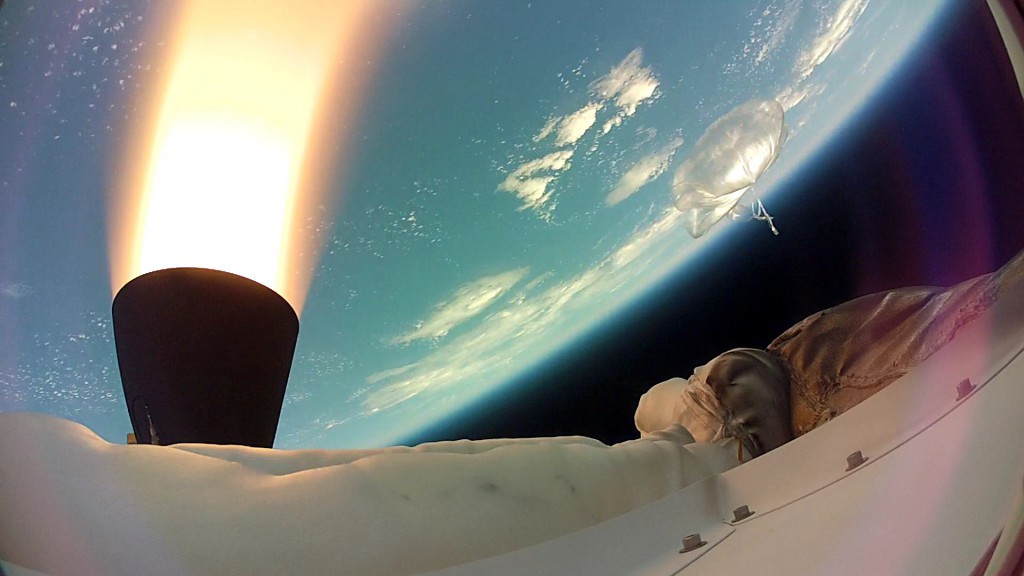Mission managers have called off a weekend launch attempt for the Low-Density Supersonic Decelerators project due to low altitude wind conditions that would prevent the launch of the balloon. NASA will evaluate the next available launch opportunity, Monday, June 8.
NASA’s Low-Density Supersonic Decelerators (LDSD) project will attempt the second flight test of a rocket-powered, saucer-shaped test vehicle into near-space in early June from the U.S. Navy’s Pacific Missile Range Facility on Kauai, Hawaii. The LDSD crosscutting demonstration mission will test breakthrough technologies that will enable large payloads to be safely landed on the surface of Mars, or other planetary bodies with atmospheres, including Earth. These new technologies include a supersonic ballute, supersonic parachute, and a 6-meter Supersonic Inflatable Aerodynamic Decelerator that will enable landing of larger payloads on Mars and allow access to much more of the planet’s surface by enabling landings at higher altitude sites.
Stay tuned here and on our social channels – @NASA_Technology, @NASAJPL, @NASA or @NASA_Marshall – for the latest.

